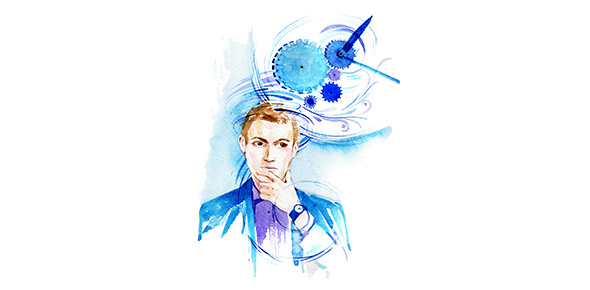Related Flashcards
Related Topics
Cards In This Set
| Front | Back |
|
FAIR-MINDEDNESS
What is egocentrism?
|
Egocentrism: you think you're right.
Centred around yourself.
|
|
FAIR-MINDEDNESS
What is ethnocentrism?
|
Ethnicentrism: you think your culture or
the group you belong to is right.
|
|
FAIR-MINDEDNESS
What is rationalization?
|
You make yourself look better by explaining (especially when you did something strange or uncalled for) instead of admitting you were wrong in your behaviour.
|
|
FAIR-MINDEDNESS
What is denial?
|
Example: cheating boyfriend--> girl in denial.
|
|
FAIR-MINDEDNESS
What is conformity?
|
Often happens because of fear, need to be accepted, popularity.
|
|
FAIR-MINDEDNESS
What is logical vulnerability?
|
You know the other person is right but you have trouble agreeing with them.
|
|
TELEVISION STRATEGIES
Explain the selection of issues.
|
-Reporters and editors have the power to decide what is and is not worth covering.
-Sensationalism: more exciting stories are chosen before less exciting ones. Most sensational elements of the story are featured.
-Primary purpose of news is to entertain rather than to inform.
-Celebrity news is chosen over more newsworthy stories.
|
|
TELEVISION STRATEGIES
Explain the use of time.
|
-Placement: a story put first in the lineup will seem more important.
-Breaking news that interrupts cable tv is seen as very important to the viewer.
-Coverage of the same story takes on importance.
-Talk shows feature guests who discuss different aspects of the same issue: adds interest, variety of views. When one guest is given more time to explain their p.o.v, they have a greater chance of influencing the audience.
-Familiarity with the person talking adds interest in the story.
|
|
TELEVISION STRATEGIES
Explain the selection of guests and panel members.
|
-One side of an issue may be represented by attractive, articulate and well-known people and the other by emotional, abrasive people.
-If there is only one "professional" on the panel, does he/she represent only one side?
-People chosen may illustrate either balance or bias in the debate.
-How the interviewer treats the spokespersons will affect the balance: positive or negative in interviewing process?
|
|
TELEVISION STRATEGIES
Explain what is included or excluded on a set.
|
-Might be impressed by a 'teacher' surrounded by books on a commercial for encyclopedias.
-Academin background that could have nothing to do with person's credentials.
-Impression of authority can have a positive impact on viewer's response.
|
|
TELEVISION STRATEGIES
Explain the nonverbal element of clothing.
|
-How a person is dressed: creates a suggestion of his/her character.
-Image consultants.
-Essential element of advertising: actors portrayed as professionals are dressed to fit the part.
-Image can influence job interviews, sales calls, other difficult communication situations.
|
|
TELEVISION STRATEGIES
Explain the use of language.
|
-Use of a reporter's language can affect our perception of an issue.
-Use words to characterize a person or issue in a poor light: creates bias.
|
|
TELEVISION STRATEGIES
Explain the use of camera angles and cuts.
|
-Shooting a person from below gives them authority.
-Use cuts to create a positive/negative impression about the speaker: cutting to an audience member's reaction to the speaker's comment.
-Cuts can distort: taking statements out of context: short segment of long interview.
-Sound bites: create impressions when heard out of context.
-Distorted camera angles and quick cuts to command attention.
|
|
TELEVISION STRATEGIES
Explain camera distance and framing.
|
-Close-ups create feeling of intimacy.
-Shot from the side: person is not telling the truth: not looking at the camera.
-Wide angle shot makes us feel distant from the speaker.
-Framing: ex: close-up of one loud demonstrator at a rally when there are hundreds of other people around.
|
|
LANGUAGE
Explain denotation.
|
Literal description of what the thing is.
Example: wallet: object that holds money.
|







